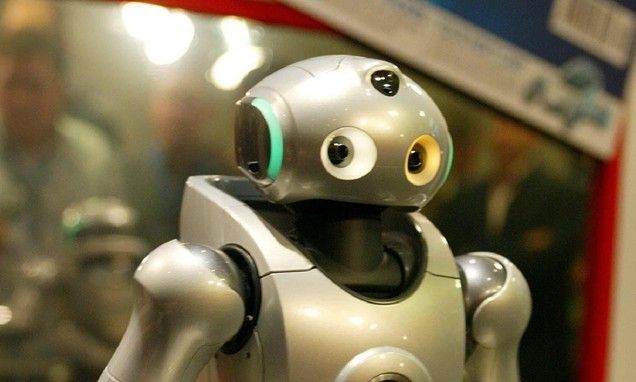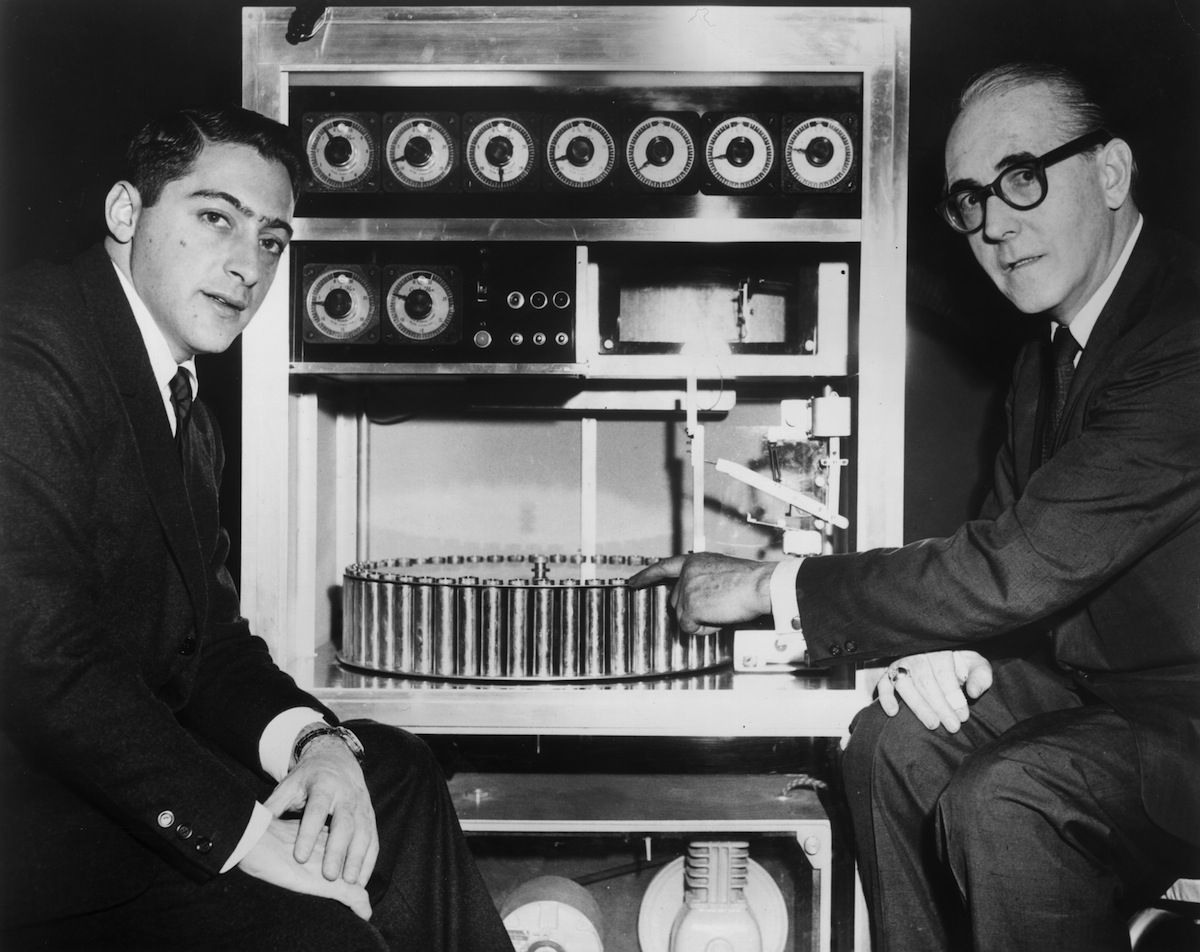Feb 15, 2016
Hackers Demand $3.6 Million from Hollywood Hospital Following Cyber-Attack
Posted by Karen Hurst in categories: biotech/medical, business, robotics/AI, security
Lack of good Cyber Security across the net, will continue to be a key reason why AI in general will not deliver the return on new AI tech products and robots / devices. $3+ million in ranson may not be that large to mid size and large tech companies; however, it is everything to small businesses and small businesses and consumers is what keeps tech in business.
Hospital staff severely impeded in their day-to-day work.

















